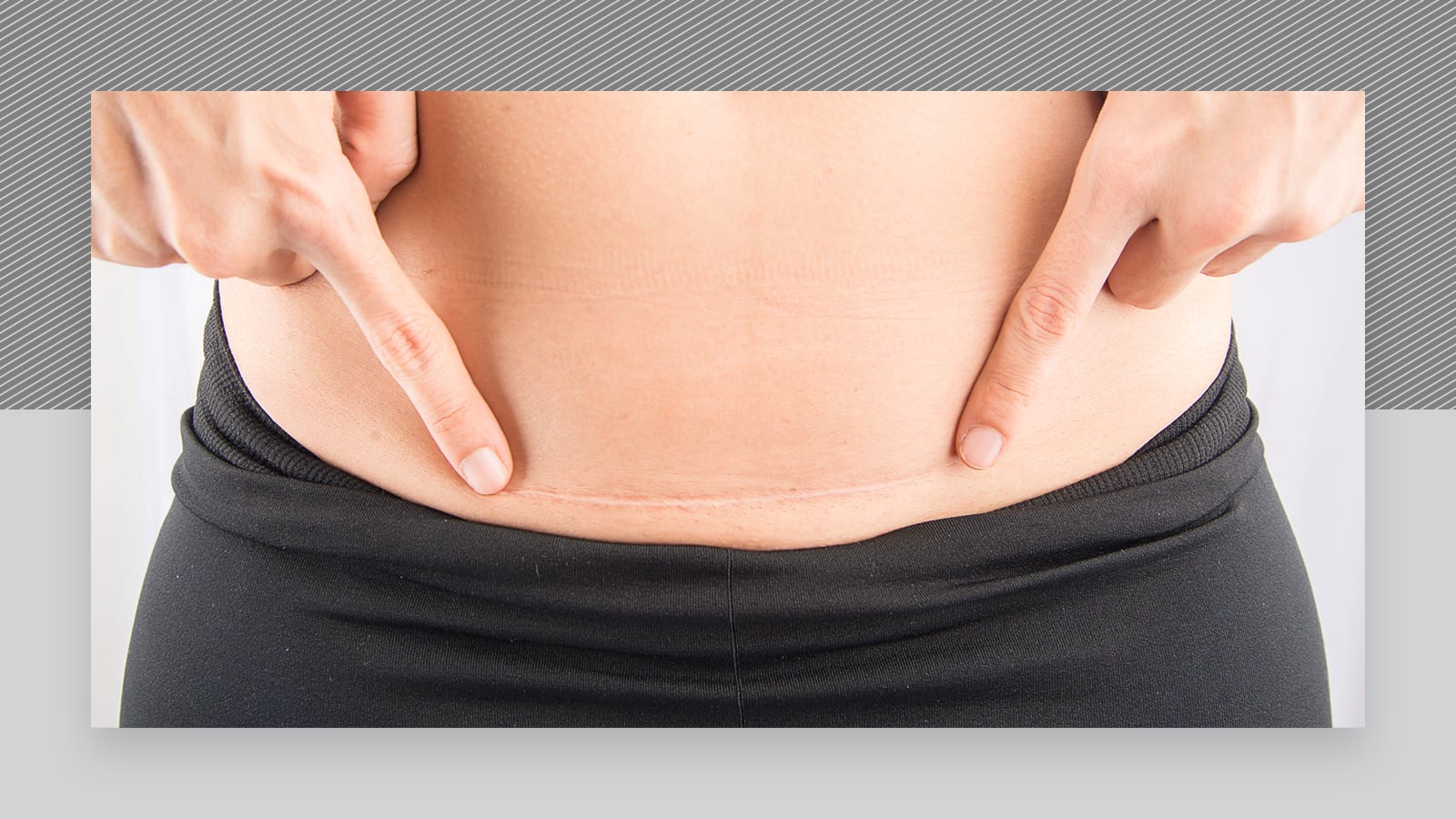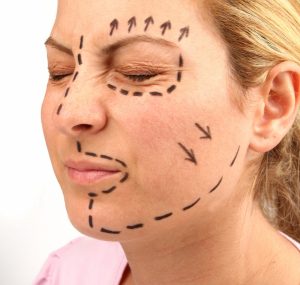Addressing C-section scars is essential due to their prevalence and the significant emotional and physical impact they can have on new mothers. C-section scars are not just a cosmetic concern; they can affect a mother’s confidence, comfort, and overall well-being. Understanding the importance of proper scar care and effective treatment options can greatly enhance the healing process, allowing mothers to feel more comfortable and confident in their postpartum journey.
The Emotional Impact of C-Section Scars
Body Image Concerns:
C-section scars can significantly affect a woman’s body image and self-esteem. The change in appearance may lead to feelings of self-consciousness and discomfort, particularly when the scar is visible.
Postpartum Depression:
The physical reminders of a C-section, including the scar, can exacerbate postpartum depression. Women may feel sadness, anxiety, or frustration about their recovery and body changes, adding to the emotional burden of new motherhood.
What are C-Section operations?
A c-section, or cesarean section, is a surgical procedure to deliver a baby through an incision in the mother’s abdomen and uterus. The incision is made through the skin, fat, and muscle layers to access the uterus for the baby’s delivery.
After the c-section, the incision is closed using sutures or staples, and a sterile dressing is applied to the area. The healing process of the incision typically takes several weeks, during which time the scar will gradually fade in color and size. In some cases, women may experience itching, numbness, or sensitivity in the area surrounding the scar.
Some women may develop keloid or hypertrophic scarring, which occurs when the body produces an excess of collagen during the healing process, causing the scar tissue to become raised and thickened. This type of scarring is more common in women with a history of keloid scarring or those with darker skin tones.
Types of C-Section Scars:
- Horizontal Incisions: Typically made just above the pubic hairline, these incisions are more common and tend to heal better with less noticeable scarring.
- Vertical Incisions are less common and extend from the navel to the pubic area, often used in emergencies.

Horizontal incisions are more common (95%) and preferred as they result in less bleeding. The scar that forms after the horizontal incision heals is less sightly than the scar that results from the vertical incision. Vertical incisions are more painful and take longer to heal, and the resulting scar is more visible than the scar from the horizontal incision.
The scar size is between 10 and 15 cm, and in the beginning, it will be red, but the redness decreases. The C-section scar type is usually a hypertrophic scar.
How to take care of the c-section scar?
- The scar may feel itchy, so be careful about scratching the area as it may infect the scar.
- Keep the scar area dry and clean. Do not vigorously scrub the scar area; pat it with a clean towel.
- Avoid exposing the scar to the sun to minimize the damage to the scar tissue.
- Expose the scar to air as it promotes faster healing.
- Immediately after the wound heals, use a silicone scar gel on the healed wound to minimize the chances of a scar forming. The sooner you use it, the less likely a scar will form.
- Avoid rigorous exercise for a few months after birth. Do not carry heavy items or bend a lot. However, walk often as it gets your blood flowing and promotes faster healing.
How long will it take for the scar to heal completely?
The healing time for a C-section scar can vary depending on several factors, including the mother’s overall health, the extent of the incision, and whether there were any complications during the surgery or recovery period. Generally, it can take several weeks to several months for a C-section scar to heal completely.
In the first few weeks after the surgery, the incision site may be swollen, tender, and red, and there may be some drainage or discharge. Over time, the swelling and tenderness should gradually subside, and the scar will fade in color and become less noticeable.
During the healing process, it’s essential to keep the incision site clean and dry and avoid strenuous activity or heavy lifting.
Some tips for caring for the incision site
- Keep the incision site clean and dry: Gently clean it with mild soap and water and pat it dry with a clean towel. Avoid using harsh chemicals, such as hydrogen peroxide or alcohol, as they can irritate the skin.
- Cover the incision site: After cleaning and drying it, cover it with a sterile dressing to protect it from bacteria and prevent clothing from rubbing against it.
- Monitor the incision site: Check the site daily for signs of infection, such as redness, swelling, or discharge.
- Avoid tight clothing: Avoid wearing tight clothing or anything that can rub against the incision site, such as tight waistbands or pants.
- Avoid strenuous activity: Avoid strenuous activity, heavy lifting, or exercise until cleared by your healthcare provider.
Can the c-section scar be exposed to sunlight, or should it be covered?
Keeping a c-section scar covered and protected from sunlight during the initial healing period is recommended, which can take several weeks to several months. This is because the sun’s UV rays can cause discoloration and hyperpigmentation of the scar, making it more noticeable.
During the initial healing period, keeping the scar covered with clothing or a bandage when going outside or when exposed to sunlight is best. If you need to expose the scar to sunlight, it’s essential to apply sunscreen with a minimum SPF of 30 to the area, making sure to apply it evenly and reapply frequently.
Once the scar has fully healed and the incision site is closed, it’s generally safe to expose it to sunlight without additional protection. However, it’s still important to use sunscreen on the area to prevent discoloration and hyperpigmentation.


